Visa Adds PYUSD, EURC, and USDG to Stablecoin Payments
Abstract:Visa expands blockchain payments with PayPal PYUSD, EURC, and USDG stablecoins, advancing digital settlements in the growing crypto payment space.
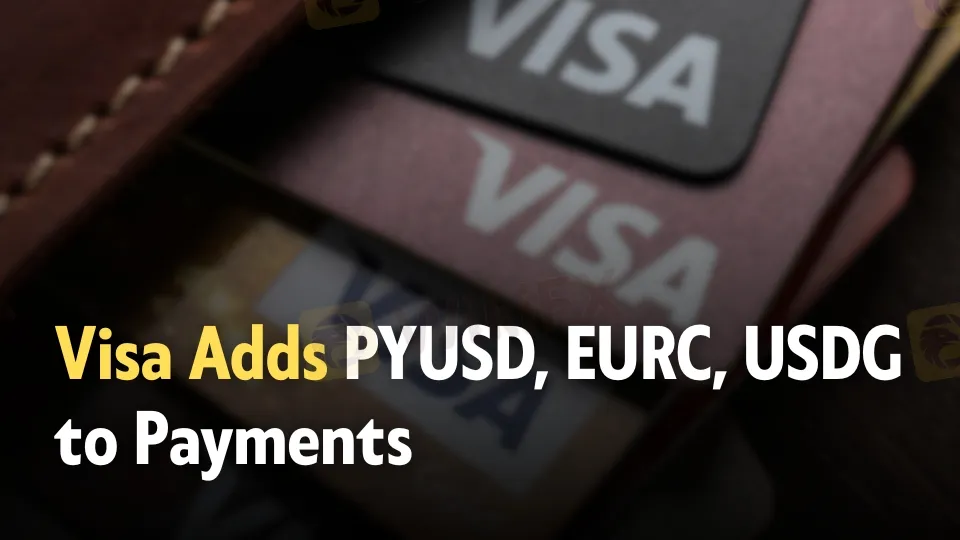
Visa is accelerating its crypto push, announcing fresh Visa stablecoin support that broadens both the currencies and the blockchains available on its global payments rails. The latest upgrade brings three new tokens—PayPal‘s PYUSD, the euro-backed EURC, and Global Dollar (USDG)—plus connectivity to the Avalanche and Stellar networks. The move signals Visa’s intent to meet rising institutional and consumer demand for faster, cheaper digital settlements without abandoning the familiarity of a card swipe.
Under the update, holders of PayPal‘s PYUSD stablecoin Visa integration can now settle purchases or move funds across borders with the same ease as sending an email. The euro-denominated EURC Circle Visa pairing targets exporters and tourists who want to avoid costly FX spreads, while the USDG Paxos Visa link gives businesses in emerging markets a new on-ramp to dollar liquidity. All three assets ride alongside the long-supported USDC, extending Visa’s multi-currency portfolio at a time when regulators are writing clearer rules for dollar-pegged tokens.
Regulators, Rivals, and Retailers Join the Stablecoin Rush
Lawmakers‘ recent passage of the GENIUS Stablecoin Act has pushed banks, fintechs, and retailers to accelerate their own experiments. JPMorgan is trial-running tokenized deposits for wholesale clients, while Mastercard says nearly one-third of its volume is already tokenized. Amazon and Walmart are studying in-house coins for loyalty and cross-border checkout. With the competitive heat rising, Visa’s decision to plug into the Avalanche Stellar Visa blockchain combo gives merchants instant access to two high-speed networks known for low fees and quick finality—advantages expected to lift stablecoin payment volumes well beyond the companys disclosed US$225 million to date.
The technical playbook is straightforward but powerful: merchants can accept a supported stablecoin, instantly convert it to fiat, and receive settlement in their bank account—often within minutes. Consumers see no change at the checkout counter; they still tap, dip, or click a familiar Visa button. Behind the scenes, however, value races along multiple blockchains rather than through decades-old card rails. By abstracting away the wallet addresses and gas fees, Visa offers an on-ramp for traditional finance that has so far eluded many crypto-native payment startups.
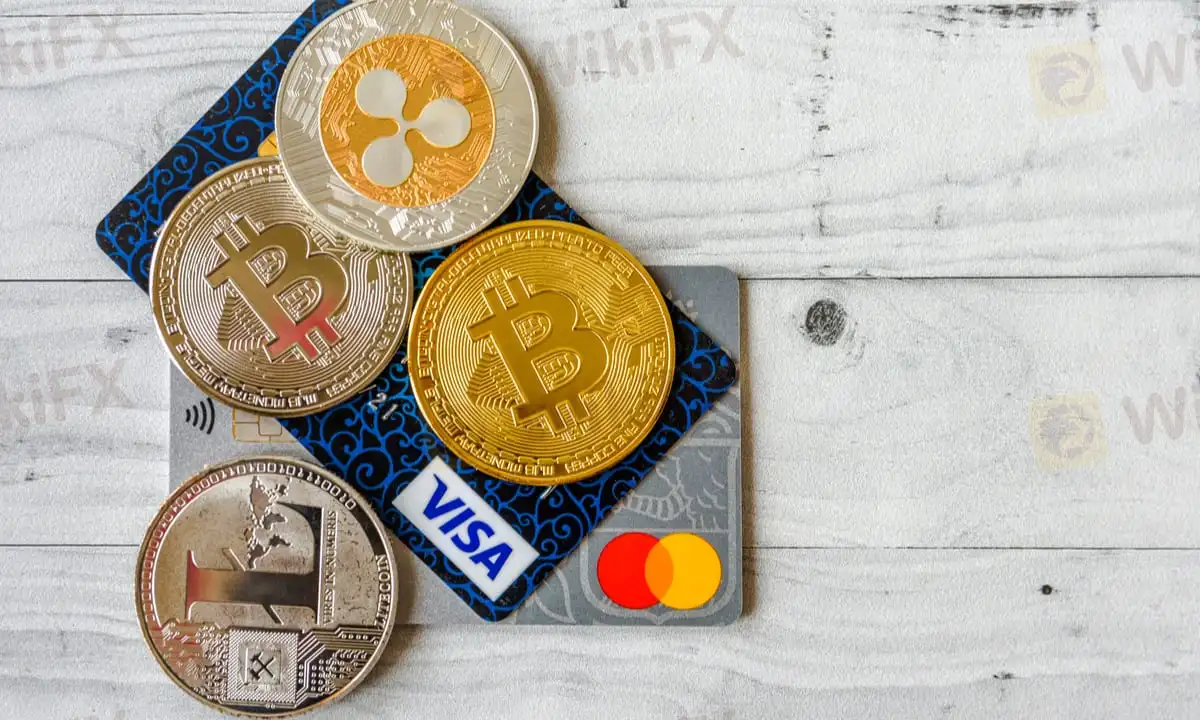
Industry analysts say the big winner could be cross-border commerce, a US$150 billion market saddled with slow correspondent banking chains and opaque fees. A European freelancer paid in EURC could cash out euros instantly, while a Latin American supplier might invoice in USDG and sidestep local currency volatility. For PayPal, the partnership is validation that its stablecoin can reach millions of Visa-enabled merchants without building its own acceptance network from scratch.
The expansion caps a busy year for Visa‘s crypto unit. It invested in stablecoin processor BVNK in May, rolled out on-chain settlement pilots with Crypto.com and Coinbase, and helped Binance launch a euro-denominated debit card before the exchange exited several markets. Each initiative feeds data back into Visa’s risk engines, allowing the company to refine anti-fraud tools that monitor both on-chain and off-chain behavior.
Still, challenges loom. Compliance teams must track wallet provenance across multiple chains, and treasury desks need strategies for off-ramping large sums without moving markets. Visa executives say the answer lies in partnerships with regulated issuers such as Circle and Paxos, whose reserves are audited and whose tokens obey sanctions lists.
Whether stablecoins ultimately replace or simply augment legacy payment rails, Visa has made its position clear: it will process value wherever customers choose to spend it. By knitting together PYUSD, EURC, USDG, and two new blockchains, the company is betting that the next wave of commerce will be settled at internet speed—and that the familiar Visa badge will remain front and center when it does.
Download and install the WikiFX app by scanning the QR code below to access the latest news and updates.
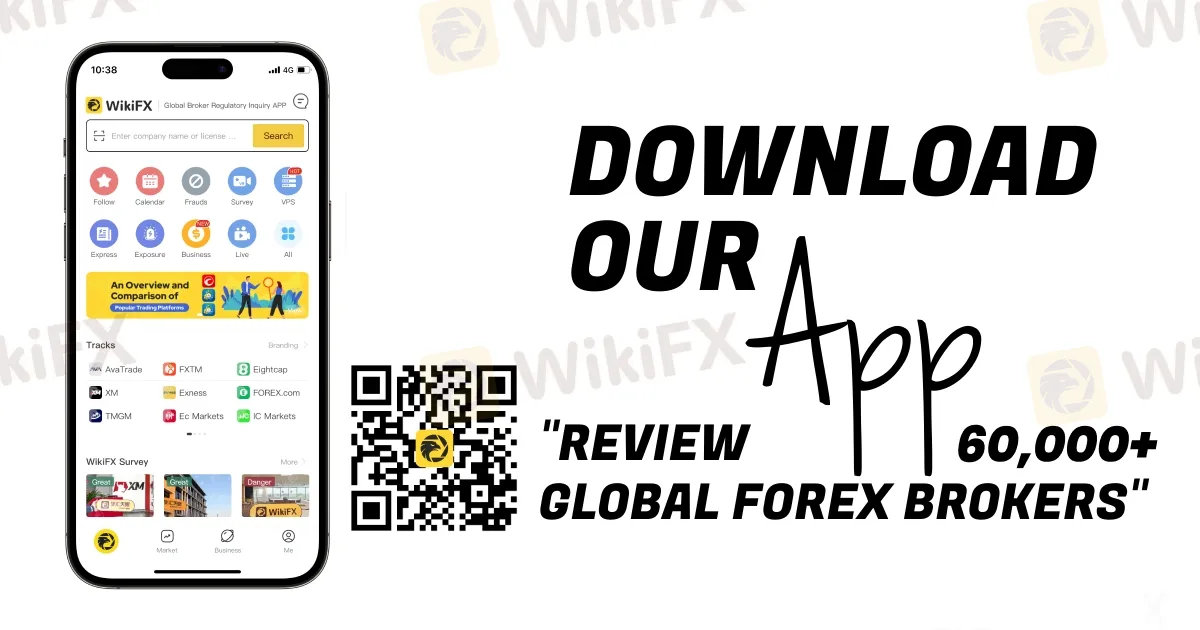
Read more
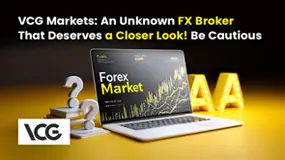
VCG Markets: An Unknown FX Broker That Deserves a Closer Look! Be Cautious
VCG Markets is not much popular among traders and investors, but it is active in the forex market and can swindle those who are not aware. So this is a broker you need to be cautious about. This broker has several major red flags you need to know about to protect your money. Read this article to know VCG Markets.
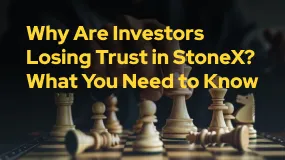
Why Are Investors Losing Trust in StoneX? What You Need to Know
StoneX is a FCA-regulated broker, but despite this, investors are losing interest. What are the key reasons behind this shift in investor sentiment?

Activity Upgraded! The 2025 WikiFX “Global Broker Review Contest” Grandly Launches!
Duration: August 26, 2025 – October 10, 2025 Eligibility: Must be a genuine account holder of a broker

Checkout List of 7 "FCA WARNED" Unauthorized Brokers
The FCA (Financial Conduct Authority) once again warns forex traders and reveals a new list of unauthorized brokers operating in the forex market without FCA permission. Check the list to stay safe.
WikiFX Broker
Latest News
OctaFX Update: Crypto Deposit Restrictions Raise Regulatory Concerns
Spains economy keeps growing — why is the country doing so well?
Why Are Investors Losing Trust in StoneX? What You Need to Know
Trader’s Way Exposed: Where Winning Trades Turn into Losses Overnight
Checkout List of 7 "FCA WARNED" Unauthorized Brokers
Pip Value Calculation Guide: How Much Is a Pip in Forex Really Worth?
Football Meets Finance: PSG Signs Global Partnership With WeTrade
Activity Upgraded! The 2025 WikiFX “Global Broker Review Contest” Grandly Launches!
What is Free Margin in Forex - An Insightful Guide You Can’t Miss Out
UAE Retail Investors Show Strong Preference for Local Stocks Amid Global Tensions
Rate Calc

